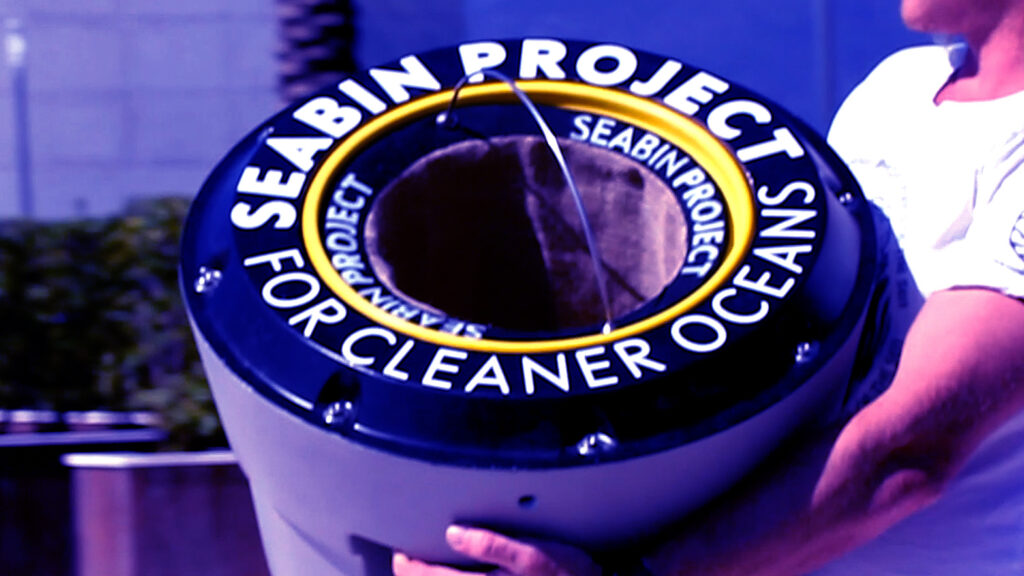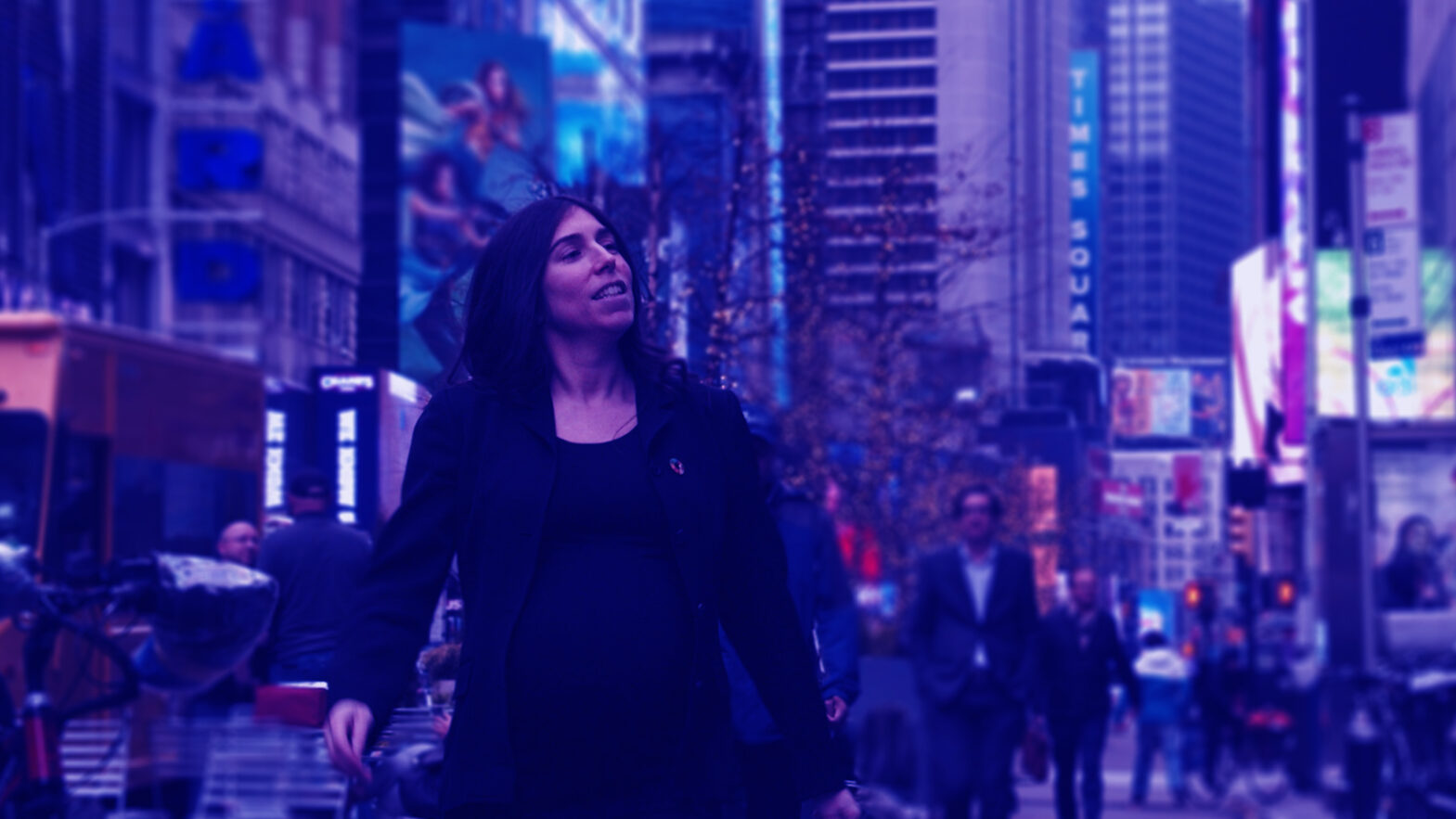Innovation:
Open data for clean oceans
You know that feeling of water surrounding your body as you dive into the ocean? Yep, us too. But also the feeling of plastic soup leaving you spitting at the mouth and totally killing your vibe? Gross. But yeah, we’ve all been there.
And that’s because every minute, the equivalent of one garbage truck of plastic is dumped in our ocean. (And FYI that’s according to a report by the World Economic Forum – and we all know how they like boasting about knowing all the facts.) And if no action is taken, this figure is predicted to quadruple by 2050. (*Drumroll – impending doom).
But that’s the point, action can be taken and is being taken. By people such as avid surfer Pete Ceglinski. Australian born and bred, Pete founded Seabin – which simply put is a floating trash can collecting plastic (as small as 2mm) from the sea. Seabins can collect up to 1.5 kg of floating debris per day. Today, there are over 400 Seabins cleaning the world’s oceans in diverse shaws including Europe, the Caribbean and the USA.
To say cleaning the ocean of plastics is a big job, is the understatement of the year. Seabins aren’t gonna cut it alone, but the ocean cleaning technology is making waves because it also collects data. A seabin is able to provide information about where pollution is coming from, the type of pollution and how the weather and currents in the waterways affect the movement of the plastics.
This is where stuff has the potential to get really interesting. From aqua drone technology to artificial intelligence powered technology helping keep our seas plastic free, there is a lot of innovation going on right now. Sharing data is key.
“The writing is on the wall that we need to reduce waste with or without data. But the data will help to understand the health of our waters and pinpoint localized waste issues,” says Pete.
“The data will be open source and available to anyone who wants it.”
Got ideas on how to solve some of our planet’s biggest environmental problems? Could you use Seabin data? Big ideas start small, join the conversation.
Discover more stories








